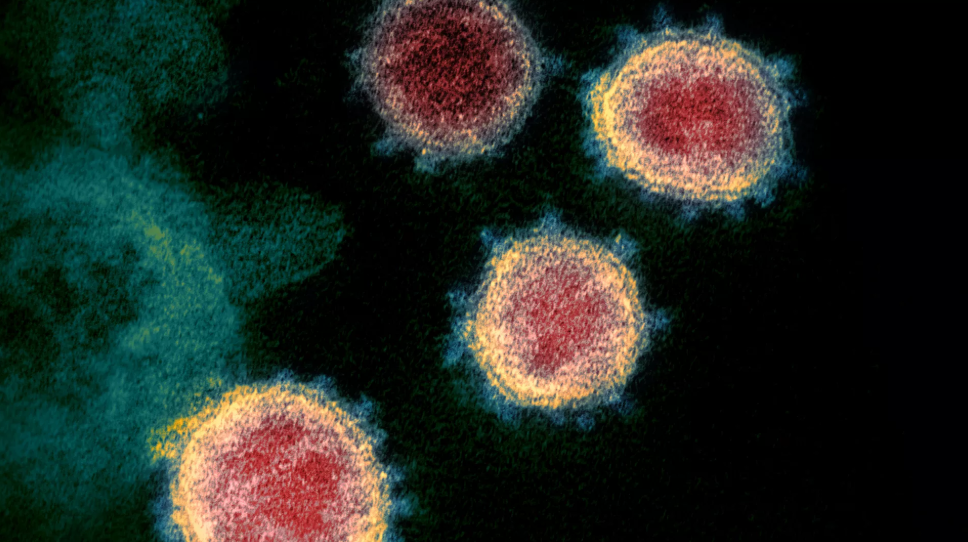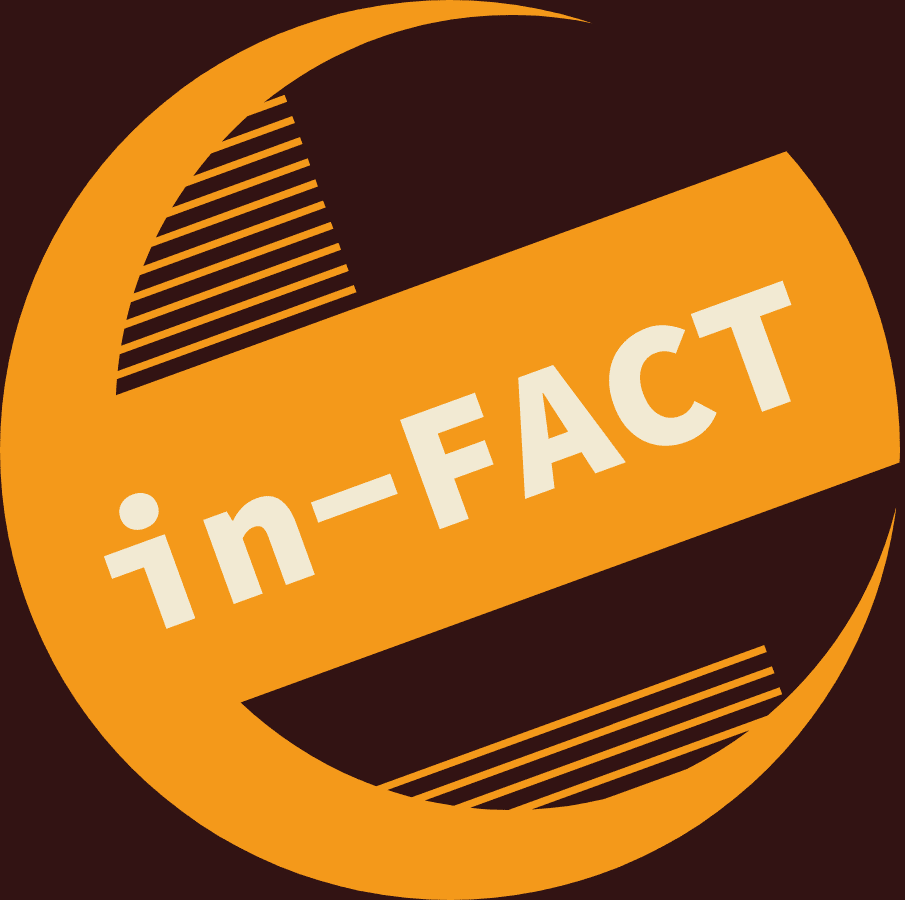
WHO Confirms Asymptomatic Spread "Very Rare"
In what can only be described as a revelation, the World Health Organization has announced today that it is "very rare" for asymptomatic COVID-19 carriers to pass on the virus. This is perhaps the most important piece of information we have yet to confirm about COVID-19, and one the SHOULD change the trajectory of the current response all over the world.
“From the data we have, it still seems to be rare that an asymptomatic person actually transmits onward to a secondary individual,” Dr. Maria Van Kerkhove, head of WHO’s emerging diseases and zoonosis unit, said at a news briefing from the United Nations agency’s Geneva headquarters. “It’s very rare.”
The reason why COVID-19 has assumed to be so dangerous is due to the notion that there could be 10-50x the number of actual cases vs what has been reported, and those asymptomatic people must be silently passing the virus around, thus making it incredibly difficult to control. Based on these assumptions, social distancing and mass lock downs have crippled the global economy and have caused unemployment rates and dependence on Government social safety nets to increase to levels never seen in many countries.
As a person who does not have any symptoms, the entire reason why there are plastic or plexi-glass barriers by cashiers in just about every store and restaurant that are open, is to protect people from the potential of catching the virus from someone who is not showing symptoms (since positive cases are home isolating and are not out in public anyway). The risk of asymptomatic spread has obviously, to this point, been deemed high enough to require businesses to operate at reduced capacities and invest in physical barriers to ensure everyone's safety from all the potential silent carriers that are potentially passing the virus around. It's caused churches to remain closed and here in Nova Scotia, we are still only allowed to be closer than 6 feet to one other household.
“We have a number of reports from countries who are doing very detailed contact tracing,” she said. “They’re following asymptomatic cases. They’re following contacts. And they’re not finding secondary transmission onward. It’s very rare.”


The conclusion that asymptomatic spread is very rare, and not driving COVID-19 transmission means we MUST begin to put things into perspective. I am not here to pin anyone to the wall and say there was an over reaction. I think there has been some of that but right now, that's not the point. Regardless of the level of reaction and being cautious (even if overly so) it was based on the information that existed at the time, and having a very low tolerance for risk in the face of a lack of information. This changes that. We now have the information that should give us all great confidence that we can re-open our economy and our lives without the long, drawn out consequences and levels of caution we have been experiencing so far.
“What we really want to be focused on is following the symptomatic cases,” Van Kerkhove said. “If we actually followed all of the symptomatic cases, isolated those cases, followed the contacts and quarantined those contacts, we would drastically reduce” the outbreak.
There is risk in life. Every time we walk out to the door and get in a car there is a risk. We have risk tolerance that allows us to lie meaningful lives. With COVID-19, it has been difficult to assess the overall risk. Even though we know it disproportionately impacts elderly people, if any of us could easily spread it to the elderly without even knowing we had it we have accepted that we need to protect those vulnerable groups and sacrifice our own freedoms as a result. These were assumptions, and those assumptions were incorrect. If it is "very rare" that this kind of transmission occurs (and for the WHO to publicly declare that to the world, I take them at their word), then we need to very quickly change our course of action. The risk can never be zero, for anything in life, but if the risk of an asymptomatic person passing on the virus is so low that the WHO felt the need to share this with the world, it's time to move on and get back to normal, not a new normal" as soon as physically possible.
